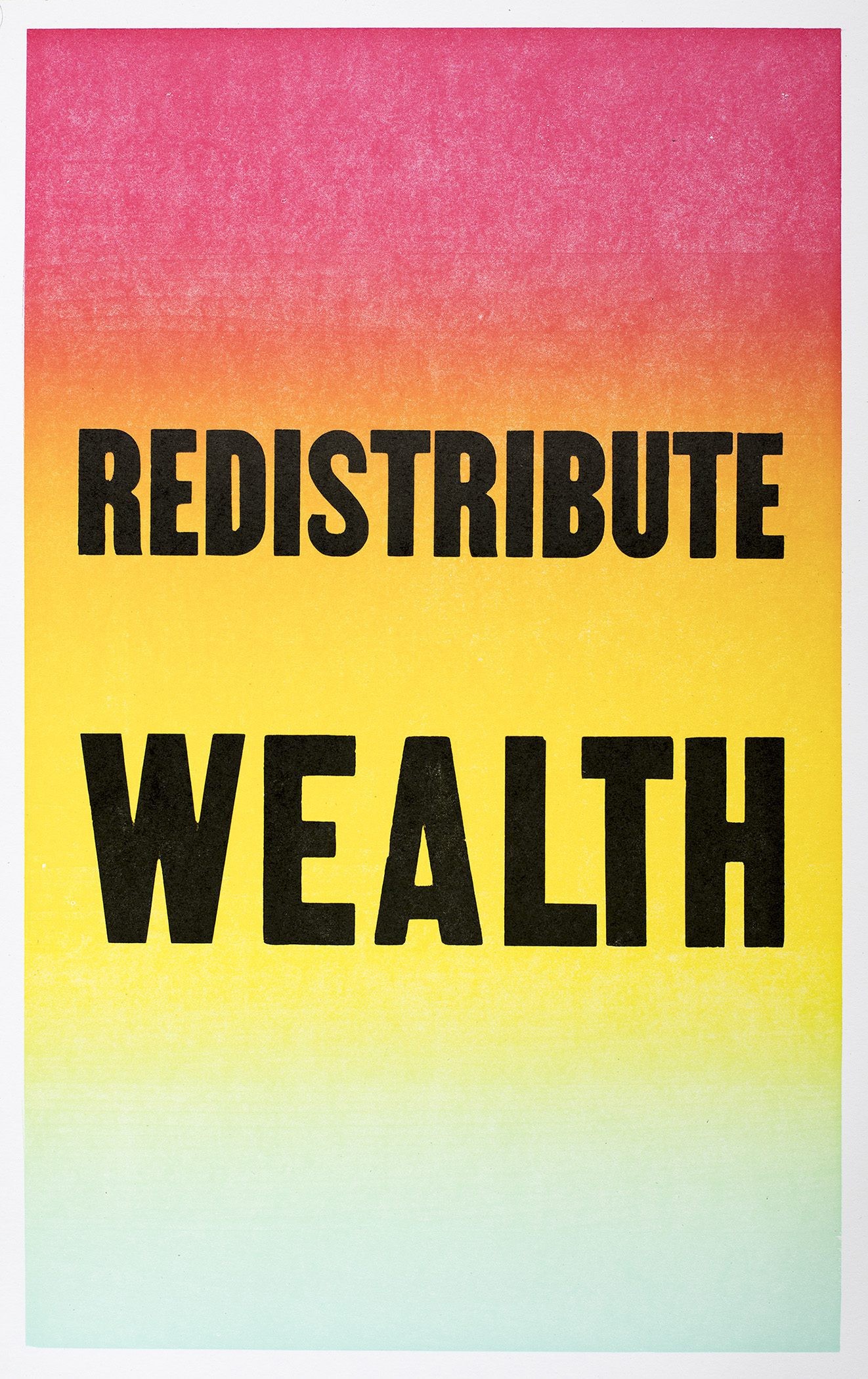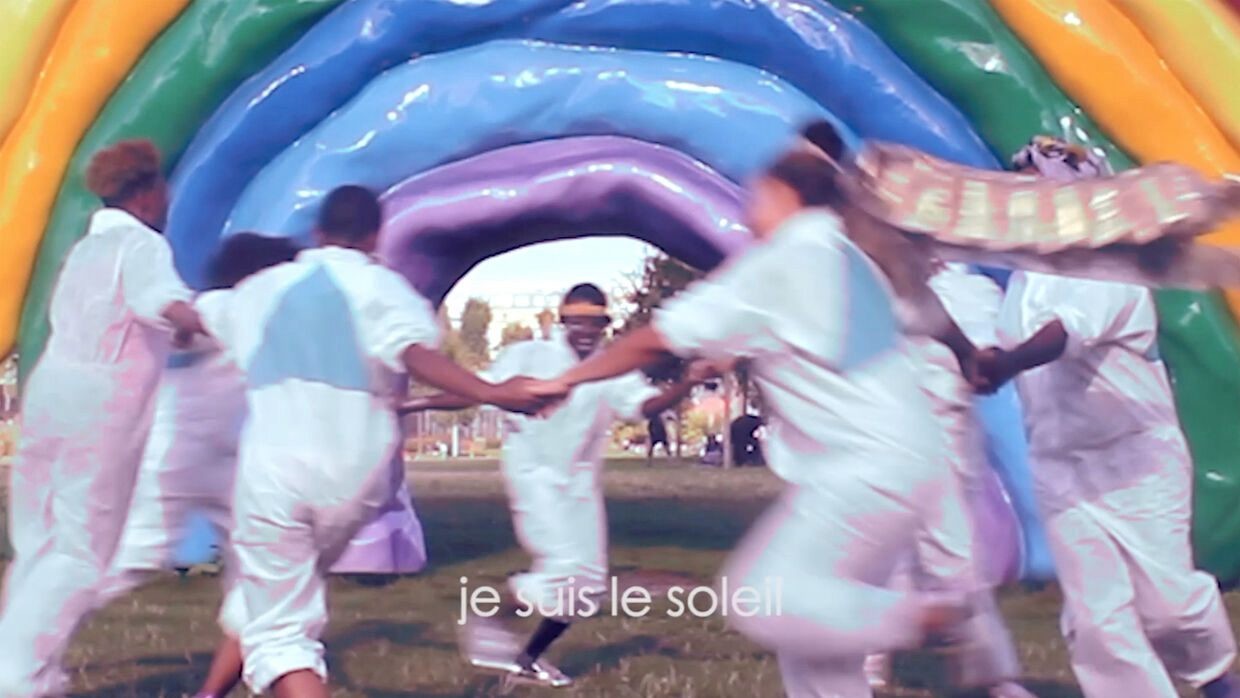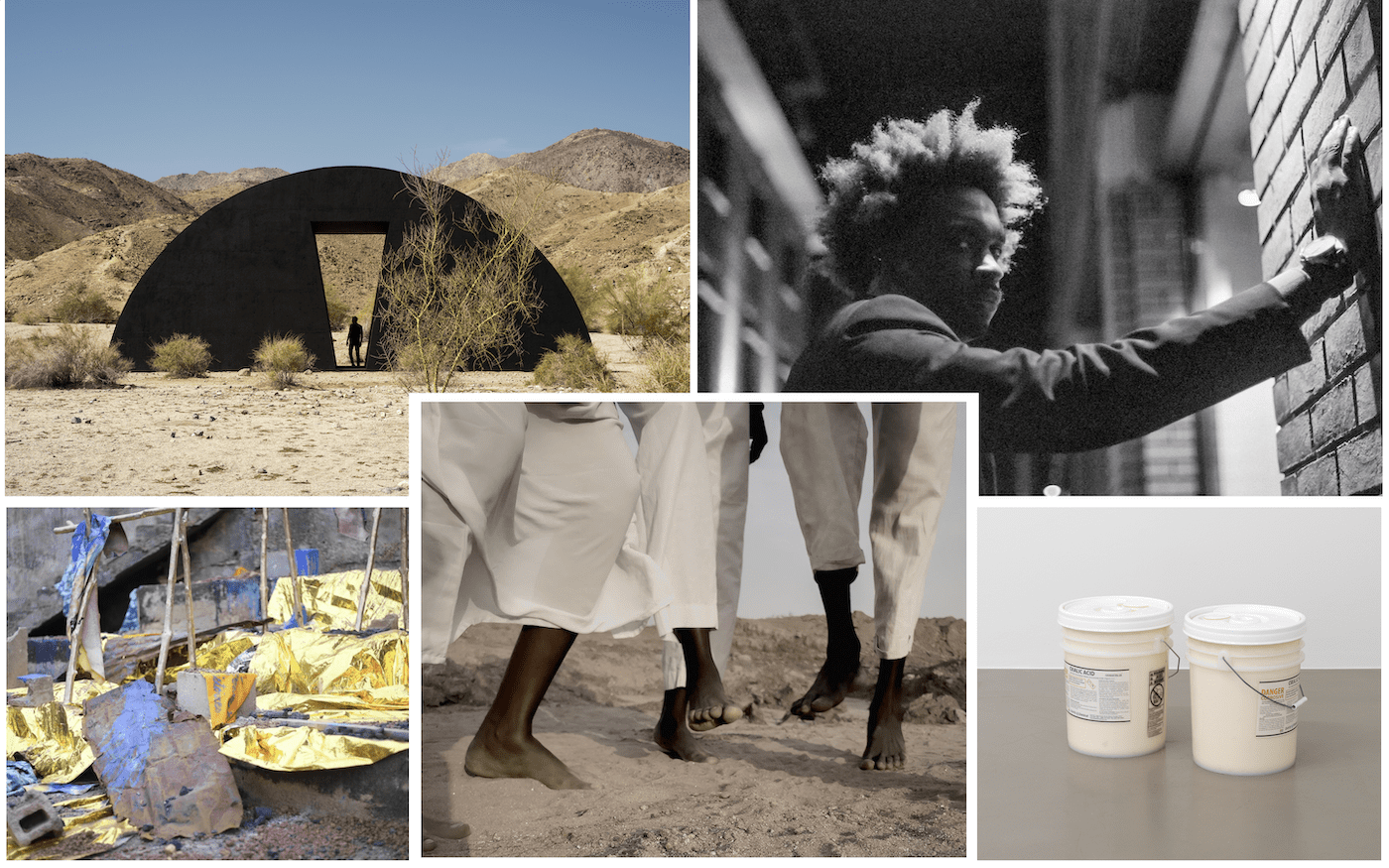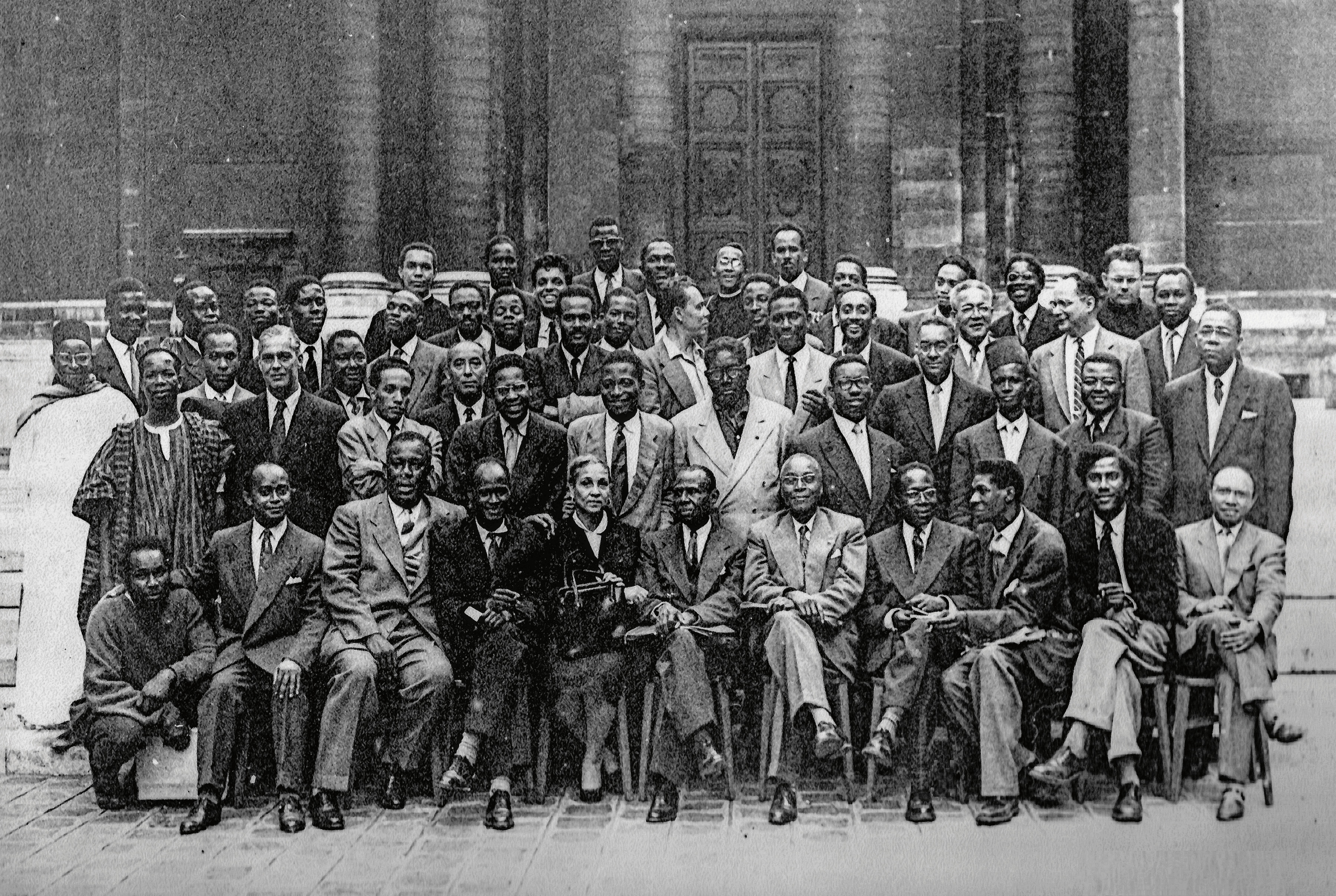PRIZM Art Fair Brings 63 Artists from the African Diaspora to Miami

04 December 2018
Magazine C& Magazine
5 min de lecture
PRIZM Art Fair returns to Miami for its sixth edition, from 3 to 9 December 2018. Since its inception in 2013, PRIZM has broadened the spectrum of exhibiting artists from the African Diaspora during Miami Art Week. This year, founding director Mikhaile Solomon and artist William Cordova present two exhibitions that include the works of sixty-three artists from fifteen countries. Solomon’s The Dark Horse considers how the disenfranchised can subvert oppressive systems to build brighter futures. With C&’s Daniella Brito, Solomon situates The Dark Horse in today’s political climate, discussing African economic systems and the reparative art practices of cultural workers from the Diaspora.
Contemporary And: Tell us aboutPRIZM. What was the impetus behind its inception?
Mikhaile Solomon: In 2011, I was working on a few projects that very quickly sparked my interest in becoming more involved in the arts. Many of these projects focused on the visual arts and aesthetic landscape of the African Diaspora, which deeply resonated with me. At Art Basel I didn’t really see much of the work I was discovering in my research, and felt that I could work on an event that would feature these works and include many of the talented artists that I have the pleasure of working with locally.
I was also fascinated with Afrofuturism – a cultural aesthetic that marries elements of science fiction, historical fiction, fantasy, Afrocentricity, and magical realism with non-Western cosmologies to not only critique the present-day dilemmas of people of color, but also to revise, interrogate, and re-examine the historical events of the past and imagine the future for people of color.

Helina Metaferia, Out of the roots of my head, 2018. Collaged paper 37 x 25 in. Image courtesy of PRIZM Art Fair
I found the work created by artists working in this mode visually seductive because I’ve always enjoyed science fiction and all things celestial. It seemed to deify subjects in the work that looked like me. Realizing I couldn’t center the narrative of an entire fair around Afrofuturist work, I decided to utilize Afrofuturism as inspiration for PRIZM’s brand identity. There’s nothing more diverse and bountiful than the universe. Our mission is to promote the work of artists of color who reflect global trends in contemporary art.
C&: One of two main exhibitions in PRIZM 2018, The Dark Horse, “explores how various forms of currency have been leveraged and exploited by colonial powers to thwart the resiliency of people of African descent globally.” Can you elaborate on this relationship between global capitalism and the social, political, and economic subjugation of people from the African diaspora?
MS: One of the works I selected by New York-based artist LaMont Hamilton perfectly illustrates the political, economic, and social imbalances created by dominant power structures to handicap the ascension of colonized spaces. LaMont’s work egregiously demonstrates how one bill of [the currency of] a colonial power equates to several sixty bills of the CFA Franc, which was created by France in the late 1940s to serve as a legal tender in the then-colonies – a sign of continued influence over those countries. The West African Economic and Monetary Union was founded in 1994, and further secured the CFA Franc as the active currency – enabling the French Treasury’s hold over West African economies well past colonial independence of 1960. As LaMont says: “Such control not only stagnates any potential growth in this mineral/oil rich region in a hungry global market, it also debilitates any futurity these nations can hope for by choking off its ability for full economic control.”
C&: Tell us about the artists you have selected for The Dark Horse. What role do artists and cultural workers play in the subversion of dominant economic power structures?
MS: Artists have a unique way of poetically addressing issues perpetuated by dominant power structures. Perhaps they may not provide solutions, but they create an enormous amount of food for thought and an outlet for understanding how dominant power structures function, and they explore ways to address and improve the structures that are meant to facilitate and maintain a positive quality of life for humanity.

Dread Scott, Redistribute Wealth (Detail), 2018. 21 x 13 in, letterpress. Image courtesy of PRIZM Art Fair
The totality of Dread Scott’s practice, notably, revolves around challenging and dismantling dominant structures that perpetuate oppression and systemic inequity. His work celebrates the dark horses among us, including leaders of slave revolts and civil rights activists – highlighting the absurdities denizen in capitalism. We’re looking forward to exhibiting his work Money to Burn, a video of a performance enacted on Wall Street, wherein Scott, starting with US$250, burns money and enlists others including stock-exchange traders to join him.
PRIZM Art Fair: The Dark Horse is on view in Miami, Florida until 9 December 2018.
Mikhaile Solomon was born and raised in Miami, Florida and is Caribbean heritage. Her parents are the from the islands of St. Kitts – Nevis. She is a graduate of Florida International University’s Graduate program in Architecture and completed her undergraduate degree in Theatre Arts at the University of South Florida. With her varied professional experience comes many years of developmental work in design, education, arts advocacy and community development.
Daniella Brito is an interdisciplinary artist and writer based in New York City. She currently studies art history at Oberlin College.
Plus d'articles de

« Apprendre à Flamboyer » : pratiquer la joie collective au Palais de Tokyo

C& Magazine’s Highlights of 2023 You Might Want to Read Again

John Akomfrah: “If there is a problem with hybridity, for me, it is that it participates in this hierarchization of the world”
Plus d'articles de

Paris Noir : surréalisme, abstraction et figuration panafricains

Paris Noir: Pan-African Surrealism, Abstraction and Figuration
